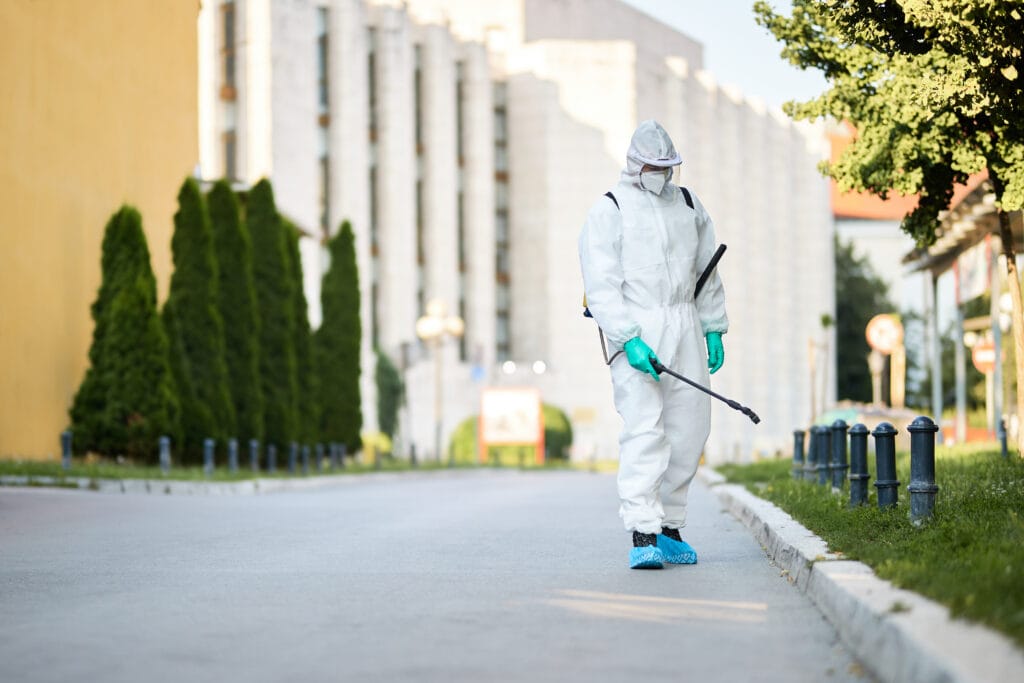
Anthrax: Learn the Symptoms, Prevention, and Treatment of This Dangerous Disease!

- History and Characteristics of Bacillus anthracis
- Transmission and Role of Bacillus anthracis Toxins
- Symptoms of Anthrax in Humans
- Evolution of Anthrax Treatment
- Antibiotics for Anthrax Management
- Importance of Prevention in the Livestock Sector
Anthrax is a disease that has affected humans for centuries, posing a persistent threat due to its ability to survive in harsh environments and spread through livestock. Understanding its causes, symptoms, and preventive measures is crucial to minimize its impact on both human and animal health.
History and Characteristics of Bacillus anthracis
Anthrax, a disease that has afflicted humans for centuries, is caused by an infection with the bacterium Bacillus anthracis. This bacterium was first observed in the 1850s and was identified as the cause of anthrax in 1876. One of its unique characteristics is its ability to form endospores, which serve as a defense mechanism against extreme conditions such as heat, cold, radiation, and disinfectants. This enables the bacterium to survive in harsh environments for extended periods. Anthrax primarily affects livestock through contaminated soil or water but can also infect humans, though such cases are less common.
Transmission and Role of Bacillus anthracis Toxins

Source: Freepik
In humans, anthrax infection can occur through the consumption of infected animals that are sick or have died from the disease. Research has shown that anthrax infection is most likely mediated by toxins produced by Bacillus anthracis, which are encoded by the PXO1 and PXO2 plasmids. The PXO1 plasmid produces three protein components that work together to form a toxin capable of damaging host cells and contributing to the disease’s pathogenesis. Meanwhile, the PXO2 plasmid plays a role in capsule formation, allowing the bacterium to evade the host's innate immune response.
Symptoms of Anthrax in Humans
Anthrax can affect various parts of the body, including the skin, digestive system, and respiratory system, with cutaneous anthrax being the most common, accounting for over 95% of human cases. Cutaneous anthrax presents as lesions, primarily occurring on the hands, face, and neck. Initially, these lesions appear as small, itchy bumps, but within 2–4 days, they develop into round, fluid-filled blisters. The skin surrounding the lesion typically becomes red due to inflammation, and swelling (edema) occurs due to fluid accumulation in the surrounding tissues.
Evolution of Anthrax Treatment
The treatment of anthrax has been developed since the 19th century and continues to evolve. Initially, treatments included Sclavo serum, surgical excision (removal of infected tissue), and the use of antiseptic chemicals. Later, treatment methods advanced by combining Sclavo serum therapy with the administration of salvarsan and neoarsphenamine until the 1940s. However, these approaches were eventually replaced by antibiotics as the primary treatment, which remains the standard today.
Antibiotics for Anthrax Management
Antibiotics used to treat anthrax include penicillins, aminoglycosides, macrolides, quinolones, carbapenems, tetracyclines, vancomycin, clindamycin, rifampin, cefazolin, and linezolid, with the choice of antibiotics depending on the location and severity of the disease. The first-line antibiotics for anthrax treatment are penicillin G and amoxicillin, with doxycycline and ciprofloxacin as alternative options. For mild cutaneous anthrax, antibiotics can be administered orally. However, if the infection affects the digestive or respiratory system, or if severe edema is present in cutaneous cases, intravenous administration is required, followed by oral treatment once symptoms improve.
Importance of Prevention in the Livestock Sector
As a disease that causes severe clinical symptoms and spreads relatively easily, anthrax poses a significant threat to both human and animal health. Understanding the causes, dangers, and prevention of anthrax is crucial, particularly in the livestock sector. One of the key preventive measures for anthrax in animals is livestock vaccination, along with strict hygiene protocols to minimize cases and prevent the spread of the disease in communities.
Additionally, increasing awareness of the appropriate use and selection of antibiotics is essential to prevent antibiotic resistance in anthrax treatment. Ensure the safety of your livestock and environment by conducting Bacillus anthracis testing in our laboratory. Early detection through testing of soil, water, or animal tissue suspected of infection can prevent the widespread transmission of anthrax.
Author: Devira
Editor: Sabilla Reza
References:
Bower, W. A., Hendricks, K. A., Vieira, A. R., Traxler, R. M., Weiner, Z., Lynfield, R., & Hoffmaster, A. (2022). What Is Anthrax? Pathogens, 11(6). https://doi.org/10.3390/pathogens11060690.
Doganay, M., Dinc, G., Kutmanova, A., & Baillie, L. (2023). Human Anthrax: Update of the Diagnosis and Treatment. In Diagnostics (Vol. 13, Issue 6). Multidisciplinary Digital Publishing Institute (MDPI). https://doi.org/10.3390/diagnostics13061056.



